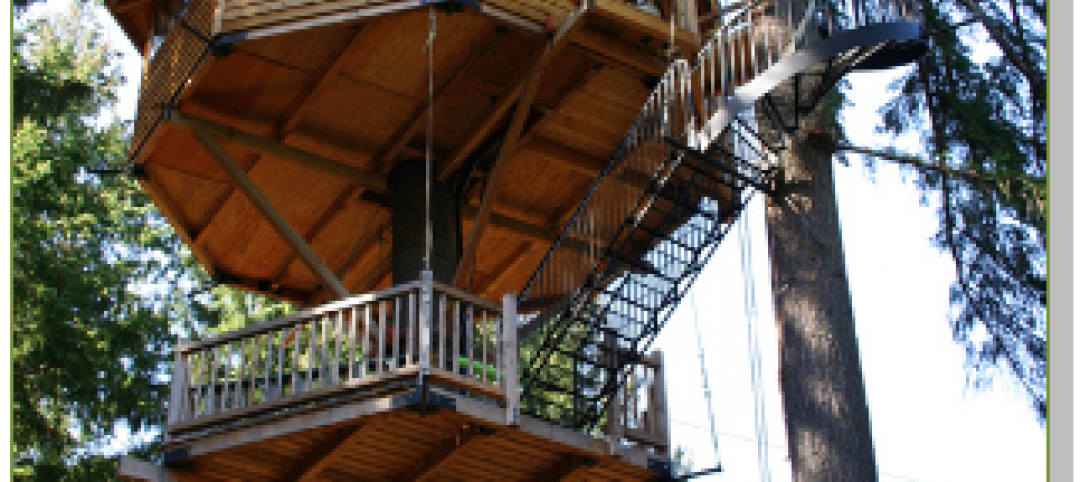WASHINGTON, DC (March 8, 2011) – The Institute for Market Transformation (IMT) and the Natural Resources Defense Council (NRDC) today announced the launch of BuildingRating.org, the world’s first comprehensive resource on energy performance rating and disclosure policies for homes and commercial buildings.
BuildingRating.org contains a searchable library of rating and disclosure information and a user-friendly, interactive map of global policies and programs. BuildingRating.org users can search more than 100 countries and jurisdictions to learn where policies are enacted and how they are being implemented, what types of rating systems are used to evaluate energy performance, and how policies are impacting markets.
“We are pleased to launch BuildingRating.org at this important time in the evolution of global energy rating and disclosure policy,” said Andrew Burr, director of IMT’s Building Energy Rating program. “This resource will be a conduit for policymakers to find and exchange ideas and best practices, and a tool for the real estate industry to track and comply with local policies and programs.”
Energy rating and disclosure encourages energy efficiency by raising consumer awareness about the energy performance and energy cost of homes and buildings. The European Union, China, Australia and a number of U.S. states and cities have enacted rating and disclosure policies.
“Governments around the world are embracing building energy rating and disclosure as a policy tool to reduce energy usage in homes and buildings, drive investments in building energy efficiency and boost local economies by creating jobs,” said Dale Bryk, director of NRDC's Air and Energy Program. “BuildingRating.org is a valuable resource that will help accelerate this trend in U.S. states and cities.”
Last month, the city of San Francisco enacted a commercial rating and disclosure policy, one of nearly 20 such policies related to homes or commercial buildings that are now in place in the United States. IMT staff is in frequent contact with government officials in many U.S. states and cities and updates BuildingRating.org weekly to reflect new policies, policy proposals and research from around the world.
“The initial information-gathering process for BuildingRating.org took more than four months to complete,” said David Leipziger, research associate at IMT and the lead researcher for BuildingRating.org. “We believe cataloguing this information and making it accessible will benefit diverse stakeholders in the public and private sectors.”
ABOUT THE INSTITUTE FOR MARKET TRANSFORMATION
The Institute for Market Transformation (IMT) is a Washington, DC-based nonprofit organization promoting energy efficiency, green building and environmental protection in the United States and abroad. IMT’s work addresses market failures that inhibit investment in energy efficiency and sustainability in the building sector. Visit us at www.imt.org.
ABOUT THE NATURAL RESOURCES DEFENSE COUNCIL
The Natural Resources Defense Council (NRDC) is an international nonprofit environmental organization with more than 1.3 million members and online activists. Since 1970, our lawyers, scientists, and other environmental specialists have worked to protect the world's natural resources, public health, and the environment. NRDC has offices in New York City, Washington, D.C., Los Angeles, San Francisco, Chicago, Livingston, Montana, and Beijing. Visit us at www.nrdc.org.
Related Stories
| Jun 30, 2011
Balancing cost and energy performance in net-zero buildings
BD+C Editorial Director Robert Cassidy talks with The Weidt Group's David Eijadi, FAIA, about the cost of producing net-zero buildings.














